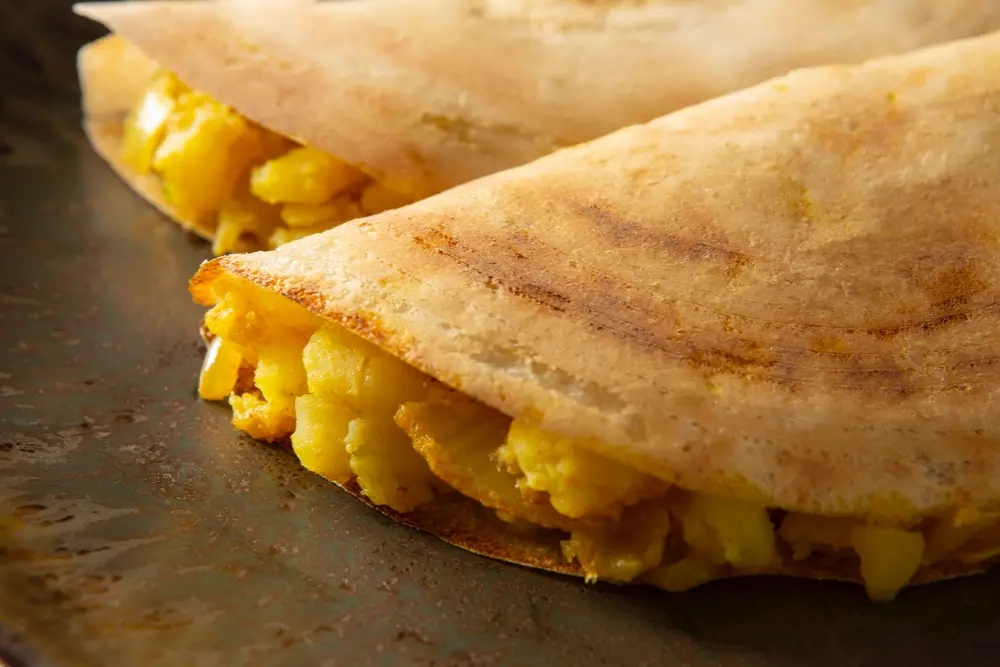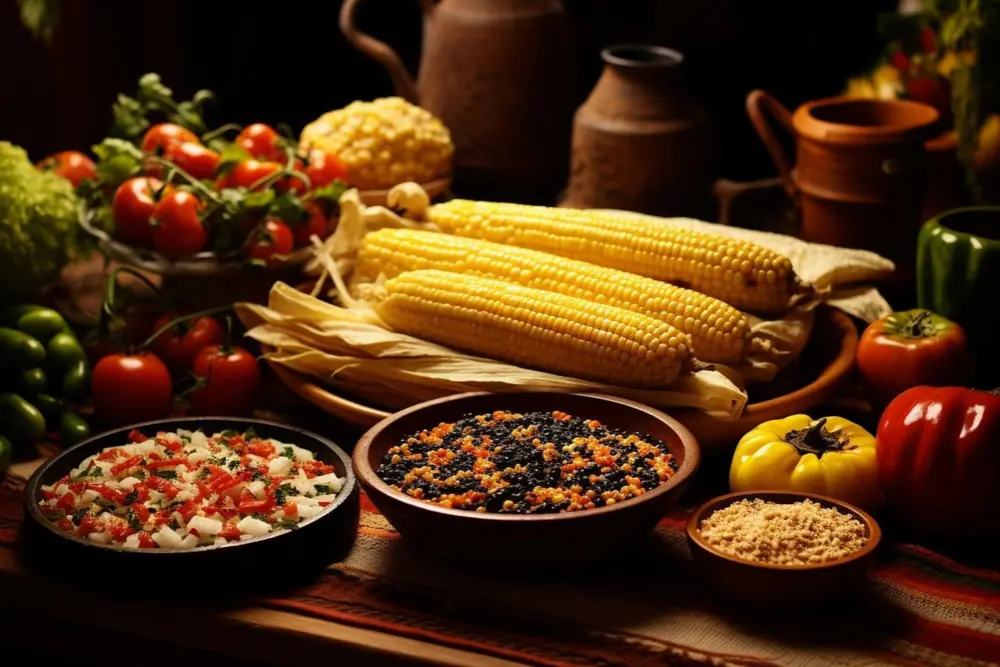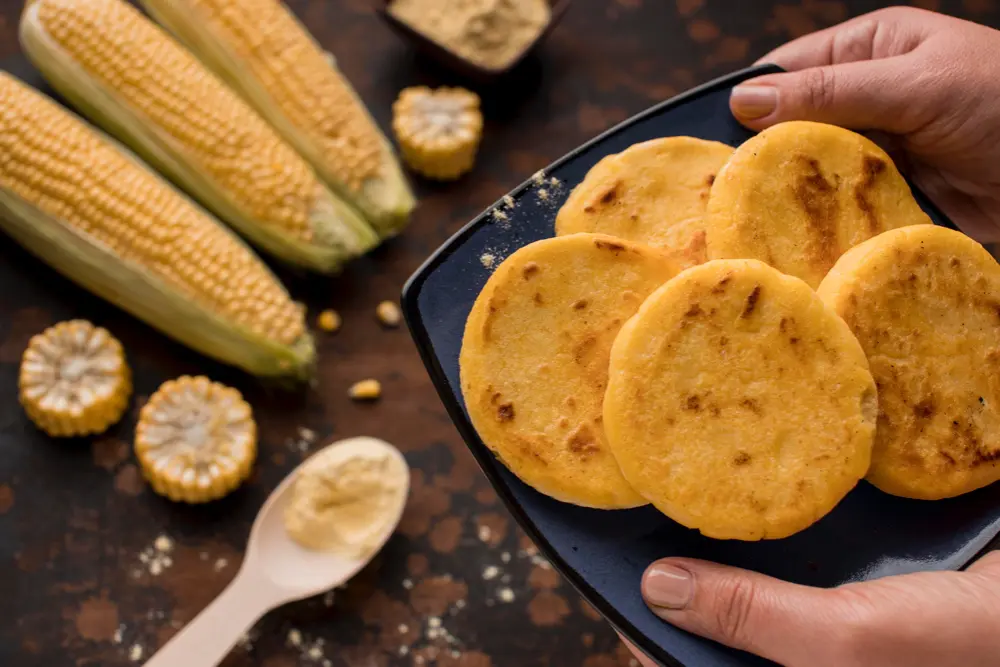Maize, or corn, is a staple food for millions around the world, especially in Latin America, where tortillas have been a dietary cornerstone for centuries. In Mexico alone, production of maize amounted to 27.4 million tons in 2020. The journey from maize kernel to tortilla is not just a culinary tradition but a complex process in which chemical and physical properties of the maize kernels impact the nutritional and sensory quality of the final nixtamalized product.
Recent research by Acosta-Estrada and colleagues delves into the differences between tortillas made from traditional maize landraces and modern high-yield hybrids, revealing fascinating insights into their quality, potential benefits and various elements for optimum selection of genotypes for tortilla production.

Maize: Traditional landraces vs Innovative hybrids
Maize landraces are traditional varieties that have been cultivated for centuries, adapted to local conditions, and preserved by indigenous farming practices. In contrast, high-yield hybrids are modern cultivars developed to maximize production and resistance to pests and diseases. While hybrids dominate commercial agriculture due to their productivity, landraces are cherished for their diversity and cultural significance.

Acosta-Estrada et al. set out to compare the quality of tortillas made from these two types of maize. Their study assessed various parameters including nutritional and physical properties, processability characteristics, masa characteristics and quality parameter of tortilla as sensory attributes, color and texture.
What makes maize kernels shine?
There is not a perfect maize genotype, but the ideal maize is one that is highly productive in the field, processes well industrially and yields a good quality final product. The study found that tortillas made from landrace maize often had higher levels of certain nutrients compared to those made from hybrid maize. For instance, landrace tortillas typically contained more protein and essential minerals, which can be attributed to the genetic diversity and traditional cultivation methods.
In terms of physical properties, tortillas from landraces exhibited reduced texture and pliability (extensibility) characteristics compared with those from hybrids and varieties, enhancing their usability in various culinary applications. Apparently there is no a perfect maize, but sources of raw materials to make mixtures according with the process objective.
Implications for consumers and producers
 The findings of this research highlight the potential benefits of using maize landraces and varieties for tortilla production. For consumers, this means access to tortillas that are not only nutritionally superior, but also offer a better eating experience.
The findings of this research highlight the potential benefits of using maize landraces and varieties for tortilla production. For consumers, this means access to tortillas that are not only nutritionally superior, but also offer a better eating experience.
This study highlights the broader environmental and cultural benefits of using landrace and maize varieties. In addition, maintaining the genetic diversity of crops like maize is crucial for food security, environmental sustainability, and preservation. By supporting biodiversity and traditional farming practices, the use of maize varieties promotes sustainable agricultural systems and helps preserve cultural heritage.


